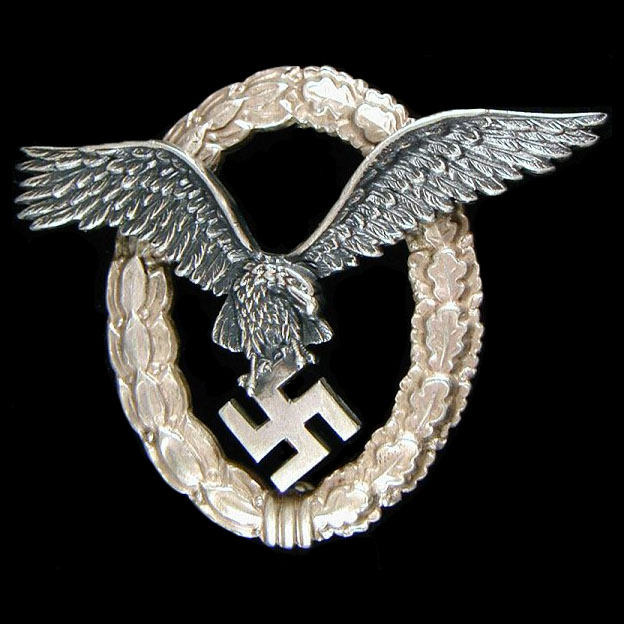GrauGeist
Generalfeldmarschall zur Luftschiff Abteilung
So KG40's Do217s aren't a consideration?
And KG40 worked closely with the Kreigsmarine, especially in directing U-Boats to convoys.
And KG40 worked closely with the Kreigsmarine, especially in directing U-Boats to convoys.


